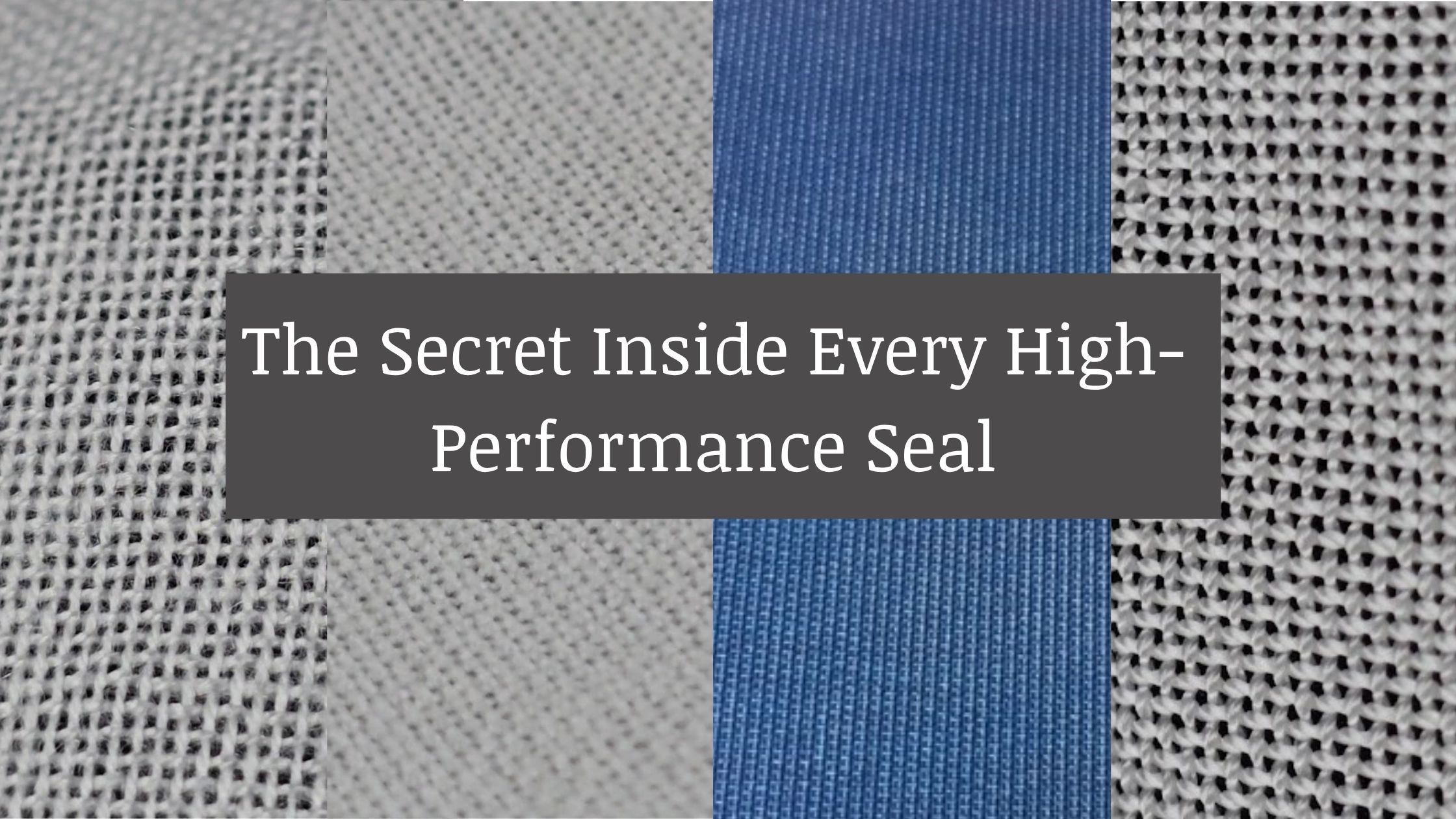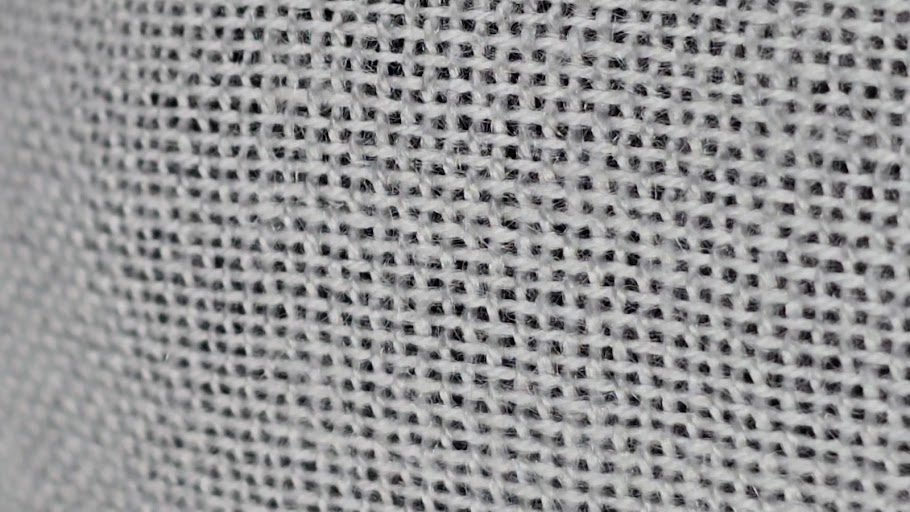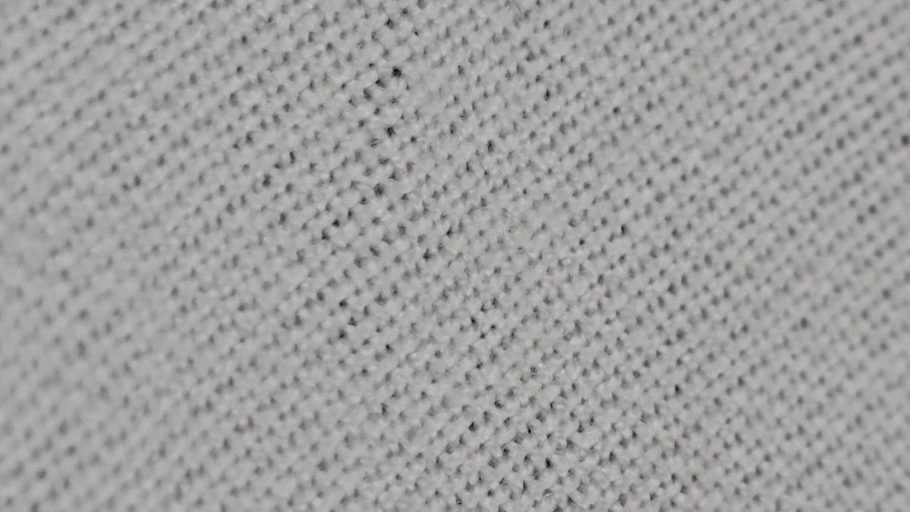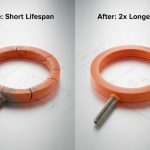
4 Fabrics That Transform Inflatable Seal Performance And Why Engineers Swear by Them
Picture this: your system is running flawlessly until one day, an inflatable seal gives way. A small leak in a pharmaceutical cleanroom contaminates the batch. A pressure door in a reactor chamber fails under heat, forcing a shutdown. Or a bulk handling system releases abrasive slurry into critical equipment.
The root cause? The elastomer wasn’t the problem. The reinforcement was.
At Western Rubbers, after decades of building inflatable seals for everything from aerospace hatch systems to isolators in pharma plants, we’ve seen a simple truth: the difference between a standard seal and a truly unbreakable one often comes down to what’s woven inside it.
Fabric-reinforced inflatable seals might look the same from the outside, but their internal structure can mean the difference between 200,000 cycles of consistent performance and catastrophic failure after a few months. And when it comes to reinforcement, four materials consistently stand above the rest: Nylon, Dacron®, Nomex®, and Kevlar®.
Let’s break down why they matter and how the right fabric can change the way your system performs.
Why Reinforcement Is the Hidden Hero of Seal Reliability
Inflatable seals work by expanding to fill gaps and create airtight, contamination-proof barriers even against irregular or uneven surfaces. In standard conditions, non-reinforced seals do the job well.
But in high-pressure, high-temperature, or chemically aggressive environments, elastomer alone isn’t enough. That’s where fabric reinforcement steps in.
It distributes stress, adds structural strength, prevents overstretching, and significantly extends service life. In fact, seals reinforced with the right fabric can withstand pressures up to 12 bar, maintain shape over thousands of inflation cycles, and resist temperatures that would destroy standard materials.
Now, let’s meet the four fabric powerhouses that make that possible.
Nylon: The Workhorse Built for Everyday Abuse

If inflatable seals had a “default setting” for durability, it would be Nylon. It’s the all-rounder, strong, flexible, and abrasion-resistant making it ideal for seals that see constant motion or frequent inflation and deflation.
Why engineers love it:
Nylon absorbs mechanical stress without losing shape. It maintains flexibility over time, resists wear from vibration or movement, and handles temperatures up to 250°F (121°C).
Where it shines:
- Automated manufacturing lines with robotic clamps
- Conveyor or transport systems where movement and impact are routine
- Any application with high cycle counts and mechanical wear
Real-world edge:
In our lifecycle tests, Nylon-reinforced seals consistently last 2–3× longer than non-reinforced alternatives in dynamic environments. It’s the “fit-and-forget” choice when reliability and cost-effectiveness matter most.
Dacron®: The Dimensionally Stable Defender

When pressure spikes, chemical exposure, or thermal fluctuations come into play, Dacron® (a polyester fiber by DuPont) proves its worth.
Think of it as Nylon’s more disciplined cousin with less stretch, more dimensional stability, and exceptional resistance to chemical attack.
Why engineers choose it:
Dacron® maintains its shape even under changing pressure and temperature conditions. It keeps its integrity above 250°F (120°C) and resists degradation from harsh chemicals, bleaches, and process fluids.
Where it shines:
- Pharmaceutical fluidized bed dryers, where seals must maintain uniform pressure
- Paper and pulp applications, preventing leaks under chemical exposure
- Equipment with variable operating conditions or exposure to process media
Real-world edge:
Dacron® retains 80–90% of its tensile strength at elevated temperatures outperforming Nylon in thermally intense or chemically aggressive environments. It’s the go-to fabric when stability under shifting conditions is non-negotiable.
Nomex®: The Heat Guardian

Some environments push materials to their absolute limits. In furnaces, ovens, and high-temperature containment systems, you need a seal that doesn’t just survive, it thrives. Enter Nomex®.
A meta-aramid fiber from DuPont, Nomex® is synonymous with flame resistance and thermal resilience. It’s the fabric firefighters trust in their suits and for good reason.
Why engineers trust it:
Nomex® doesn’t melt, drip, or degrade under intense heat. It stays structurally sound at temperatures up to 450°F (232°C) while maintaining good tear and abrasion resistance.
Where it shines:
- Thermal processing equipment, ovens, and industrial furnaces
- Nuclear containment doors and safety-critical systems
- Railway and aerospace applications needing EN45545-compliant materials
Real-world edge:
Nomex® maintains 60–70% of its strength even at 400°F, far outperforming standard reinforcements. If your system operates in the red zone of temperature, Nomex® is your frontline defense.
Kevlar®: The Ultra-Tough Shield

When nothing less than extreme strength will do, Kevlar® is the undisputed choice. This para-aramid fiber, five times stronger than steel by weight, is built for the harshest conditions on earth (and beyond).
Why engineers depend on it:
Kevlar® combines exceptional tensile strength with unmatched resistance to heat and chemicals. It withstands temperatures above 800°F (427°C) and excels in heavy-duty, abrasive environments.
Where it shines:
- Aerospace testing chambers and vibration rigs
- Bulk handling systems carrying abrasive slurries or corrosive media
- Critical sealing systems under high pressure (up to 12 bar)
Real-world edge:
Kevlar® outperforms Nylon by 300% in tensile strength at elevated temperatures and delivers 3× longer seal life in corrosive or high-load conditions. It’s the reinforcement of choice when failure simply isn’t an option.
Fabric Isn’t an Accessory. It’s the Backbone.
Behind every high-performing inflatable seal is a carefully chosen fabric that makes it possible. Nylon handles the daily grind. Dacron® stabilizes under pressure. Nomex® guards against fire and heat. And Kevlar® stands firm where nothing else can.
At Western Rubbers, we don’t pick fabrics randomly, we engineer them into the seal based on your application’s demands. That’s how we deliver longer lifecycles, higher pressure ratings, and lower maintenance costs for OEMs across pharma, aerospace, rail, nuclear, and beyond.
The only question now is: Which fabric will redefine your next project?
Ready to Engineer a Better Seal?
Explore the full fabric selection guide, comparison charts, and design considerations in our Inflatable Seals Catalogue or speak directly with our engineering team. We’ll help you match the right reinforcement to your application and push your seal performance further than ever before.
📩 Reach out at sales@westernrubbers.com and let’s build a seal that won’t just work, but outperform.



No comment yet, add your voice below!